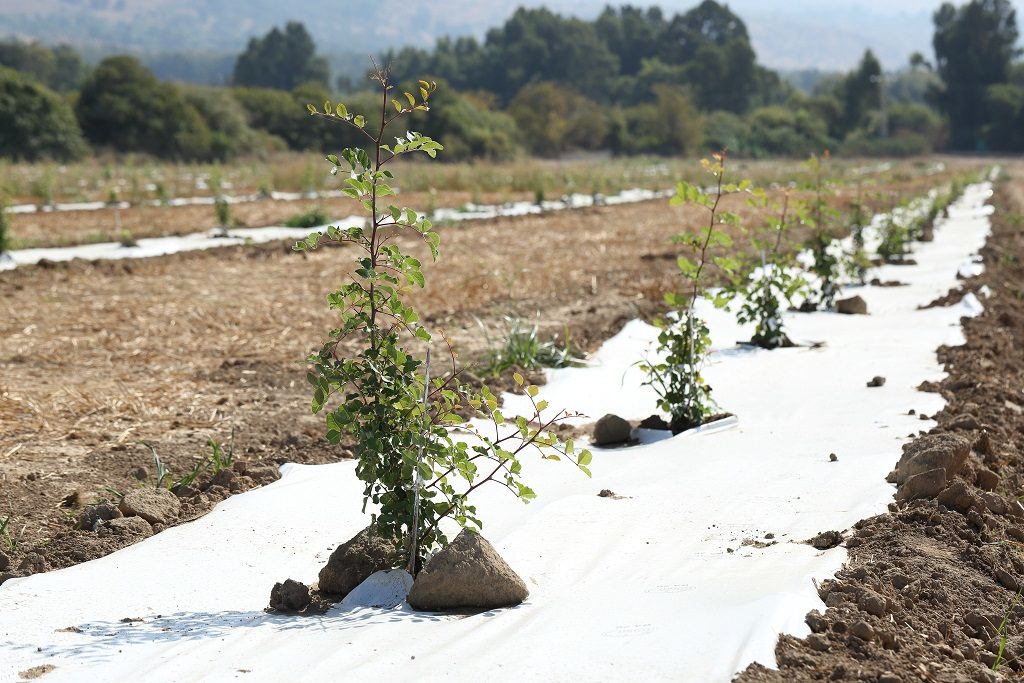CarobWay currently harvests from carob forests owned by the JNF. It has also established a 173-acre modern carob grove, in conjunction with two R&D farms and five other collective farms, spearheading a 10-year joint project for combining Israeli agricultural knowledge with technology for the intensive cultivation of high-yield carob trees.
The team is conducting broadscale screening of native carob species, intended to enable CarobWay to develop carob-based products that are in-line with food industry needs.
“We applied several analytical methods to attain a deeper understanding of various carob species and their unique characteristics specifically so that we can tailor our offerings more adroitly to our clients,” said Udi Alroy, Co-founder and CEO of Carobway, in the press release. “For example, some carob species grow fruit with higher sugar content, albeit with a naturally low glycemic index). These can serve the needs of food and beverage companies seeking viable sugar alternatives. Other trees bear more seeds and so are more suited to the locust bean gum industry.”
As part of the tree survey, the company developed an “agri-app” for aggregating pertinent field-level data of the various tree species and their attributes, including data such as geographical location, tree yield, and seed volumes per pod. Fruit samples are taken for laboratory analysis to gain a detailed map of their compositional makeup, in order to assess nutritional value and functionality for specific supplement and food applications, according to the company.
Looking nationwide, CarobWay and the JNF are working on a nationwide survey of carob trees. The venture has conducted field research to attain a full analysis of domestic trees and identify the most fruitful varieties, as well as optimal growing conditions.
“There are five species of carob trees that grow throughout Israel,” explained Sohel Zedan, Chief Forest Officer for the JNF, in the press release. “Some have been growing wild in forests for thousands of years and are well acclimatized, so have proven resilience to extreme weather conditions and other environmental changes. Most were planted in the 1950’s as part of a major afforestation campaign initiated by the JNF. Many of these deep-rooted perennial trees have long life spans, with the potential to live decades or even centuries. This makes them a highly sustainable, yet low-maintenance crop—traits we look for when selecting the best species to develop.”
Related: Rodale, Kutztown University Sign Agreement of Academic Cooperation ADM, LG Chem Agree to Multiple Joint Ventures The Natural View, Live at SSW: 5 Trends to Watch
The researchers have mapped the country using a Geographical Information Systems (GIS) data collection format in which trees are assigned to the closest meteorological station. This enables the researchers to accrue location-based data on such key parameters as rain volumes and humidity levels (both in high and low temperature zones) to identify the most ideal regions for growing carob trees.“Carob is a highly nutritious and flavorful fruit, yet its true potential has yet to be realized,” concluded Alroy. “We are continually striving to bring the best of this super crop back to the table and to boost the carob value chain.”









